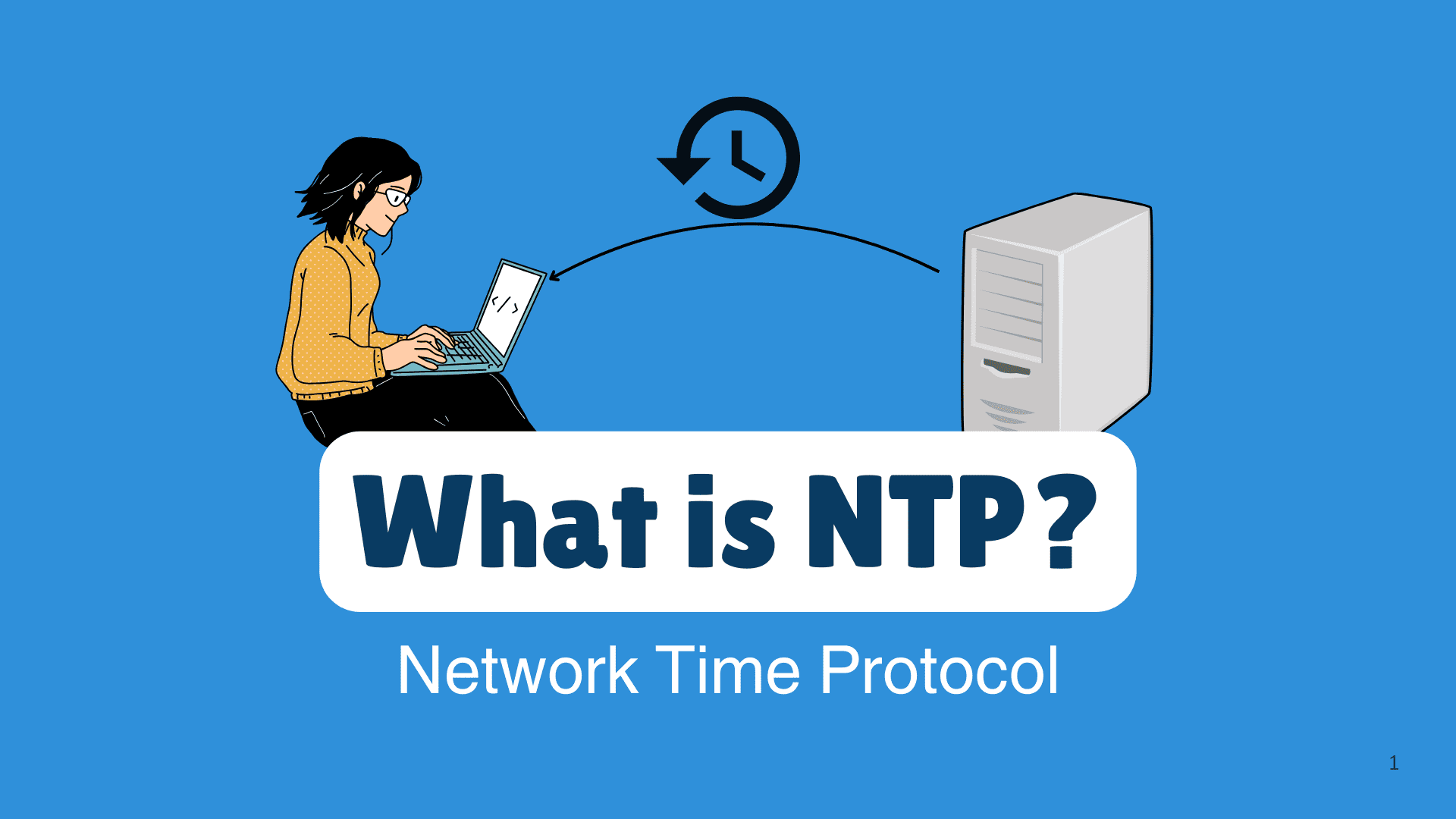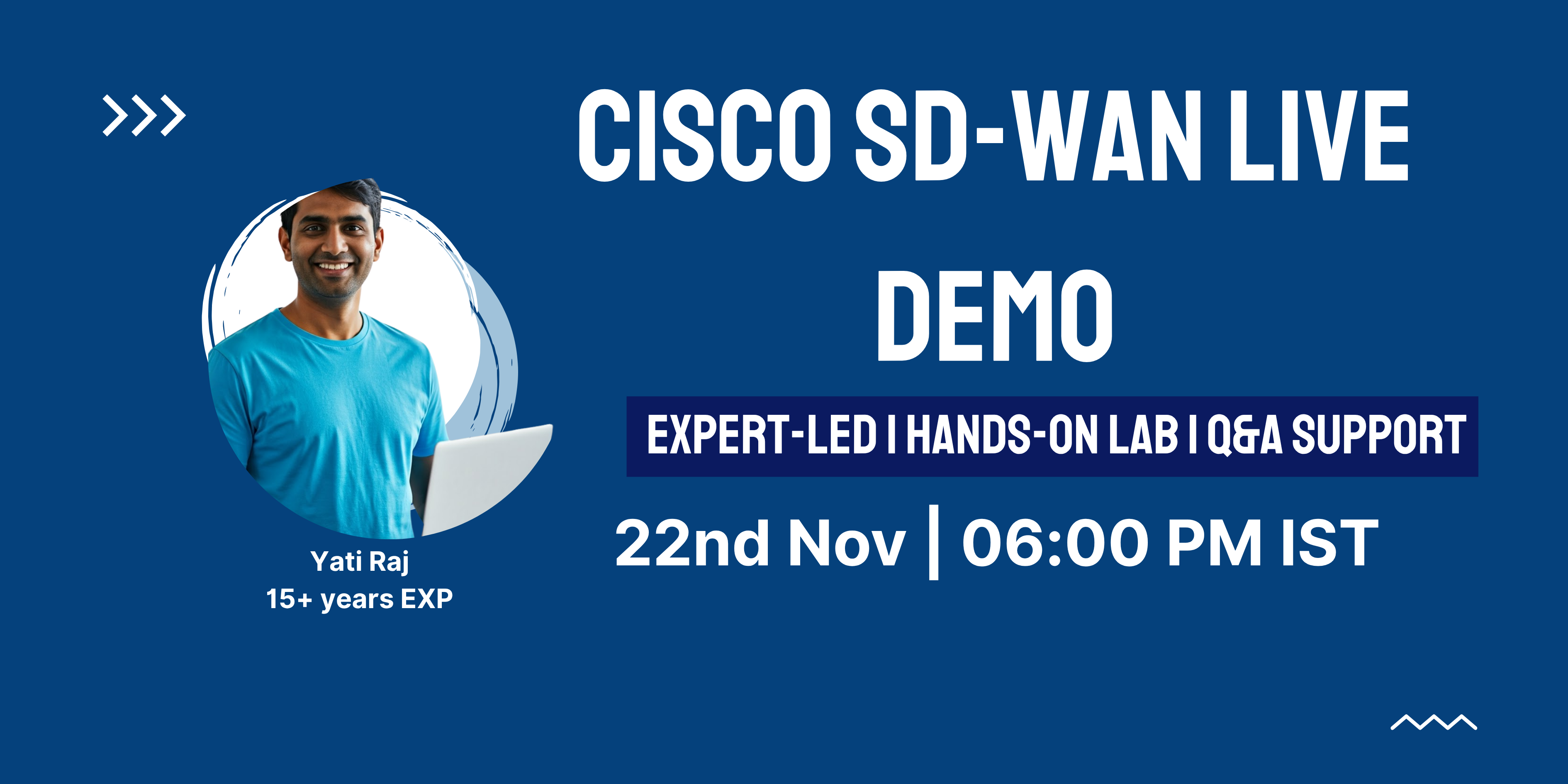.jpg)
Cisco Application Centric Infrastructure (ACI) is a cutting-edge software-defined networking (SDN) solution to streamline data center management. By leveraging a policy-driven approach, Cisco ACI enhances security, scalability, and performance, enabling organizations to manage complex IT environments efficiently.
This article explains the concept of Cisco ACI in simple language so that it is easy to understand even for beginners. In this article, we will understand how does Cisco ACI work and how to integrate Cisco ACI with other devices. Engaging in Cisco data center training can further empower professionals to utilize ACI effectively.
Brief Introduction to Cisco ACI
Cisco launched Application Centric Infrastructure (ACI) in 2013 to simplify data center management. As networks became more complex, ACI automated tasks like configuring routers and switches, improving efficiency. Before ACI, Cisco data centers struggled with complicated setups, but ACI transformed them into streamlined operations.
ACI is a software-defined networking solution that focuses on applications rather than just network performance. It provides a centralized platform for managing application policies across physical and virtual environments.
One major advantage of ACI is its support for micro-segmentation, which enhances security by limiting how hackers can move within networks.
ACI allows individual servers to be isolated into secure zones, making it easier to protect applications and data. This level of detailed traffic control was difficult with traditional hardware but is now achievable through virtualization.

How Does Cisco ACI Work?
ACI being a policy-based networking solution combines the goodness of software and hardware capabilities. ACI’s hardware side is built up by the Nexus 9000 switches and parts like the data center policy engine and additional data center pod contribute to its software surroundings.
Network administrators and policymakers can now mold the ACI’s policy to work with the virtual switches by using Cisco AVS (Application Virtual Switch).
Cisco ACI is more or less similar to other solutions that have been used by enterprises in the past few years. But if we differentiate it from other solution providers, its policy and management infrastructure is exceptional.
And since the infrastructure integrates with the networking protocols, enterprise data centers can currently make full use of their data fabric.
The support for VLAN( Virtual Local Area Network) and VXLAN(Virtual Extensible LAN) makes it far way similar for networking engineers to host a purposeful network or domain as per the need. Furthermore, the NV-GRE (network virtualization routing encapsulation) further relieves the procedure.
For Networking Managers, ACI’s central SDN united with APIC (Application Policy Infrastructure Controller) arranges and sets up the network policy on every switch that works within the ACI Components. Moreover, the need of having to compose the hardware terminates with ACI.
The networking engineers do not have to configure the device manually after ACI. The APIC functions as a hub source for all the policies together with offering the capability to position and re-position the hardware components.
Enterprises may integrate Cisco ACI with various kinds of cloud environments, thus making it more functional and powerful. Significant modules like managing data security, balancing the workloads, and monitoring the progress have become more efficient.
How does ACI Integrate with Other Devices?
Cisco Application Centric Infrastructure (ACI) seamlessly integrates with various products to enhance data center management and networking efficiency. Here’s how it works:
● Open APIs: ACI utilizes open application programming interfaces (APIs) that allow it to connect with a wide range of software and hardware solutions. This flexibility enables businesses to choose the best tools for their needs while leveraging ACI's powerful features.
● Jointly Certified Solutions: Cisco collaborates with partner companies to certify solutions that work well with ACI. This certification ensures that the integrated products function optimally together, providing users peace of mind.
● Service Chaining: ACI can connect multiple services in a specific order, simplifying the creation of complex networking solutions. This capability allows organizations to streamline their operations and improve service delivery.
Cisco ACI also integrates with popular cloud platforms like AWS, Microsoft Azure, and Google Cloud, allowing businesses to manage on-premises and cloud resources from a single interface.
The centralized management provided by the Application Policy Infrastructure Controller (APIC) enhances visibility and control over network resources, making it easier to implement security policies and automate workflows.
Overall, Cisco ACI's integration capabilities empower organizations to build a flexible, efficient, and secure networking environment.
Benefits of Cisco ACI
Some of the many Cisco ACI benefits are:
1. Highly responsive and easy to configure
2. Interoperability of physical and virtual workloads
3. Integration of virtual machine monitor setup (without having to add the relevant software for hypervisors)
4. Bespoke automation of modules with multi-tenancy feature
5. Ease of creating portable structure templates
6. No fabric flood
7. Ease of integrating and automating network firewalls and workload balancers
8. Ease of allocating application infrastructures within the network environment
How Does Cisco ACI Work?- Summing Up!
Rather than organizing and configuring multiple no. of data-center switches, the ACI works as a center point that hosts all the routers and switches. And since there is only a single logical network hub being operated, it becomes far less complicated and more manageable for networking engineers to monitor different switches and routers.
Moreover, Cisco ACI’s emerging ecosystem associates are incorporating firewalls, intrusion prevention systems, workload balancers, and SSL offload engines into the platform. This means that there’s an overgrowing list of networking products on the desk.
If you are looking to learn more skills related to Cisco ACI or Cisco technologies, check out our IT infrastructure courses.

Shailendra Yadav is Network Solution Architect with an expertise on Cisco Wireless, Cisco ACI and F5 & Citrix Load Balancers. Currently he is working with an IT company in India. He has been associated with different organizations since last more than 16 years such as TCS, Wipro, HCL, BT, KPMG etc. If we talk about certifications, he has done ...
More... | Author`s Bog | Book a MeetingFAQ
Comments (0)

Shailendra Yadav
Network Architect and Instructor (Part-Time) Instructor rolePopular posts


Different Types of Network Topologies ...
10 Nov 2025
CCNA Exam Fees and Expenses Breakdown
25 Aug 2025
New Cisco CCNA Syllabus for 2025
8 Nov 2025
What is a Cloud Service Provider and Top ...
7 Nov 2025Recent posts

What are the AWS Specialty ...
25 Nov 2025
What are the Best Cloud Computing ...
25 Nov 2025
What is Network Time Protocol and Where ...
21 Nov 2025
What Are the Best CI/CD Tools in 2025? ...
17 Nov 2025.png)
How to Configure WAN Cloud Components - ...
14 Nov 2025Upcoming batches
Contact learning advisor










